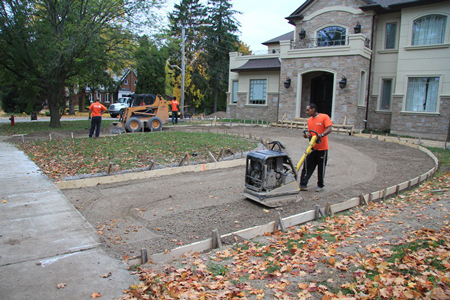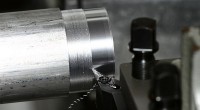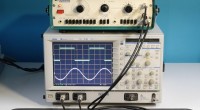How Important Is To Select The Right Plate Compactor For The Job
The compaction equipment is key element in every paving related project. One particular piece of compaction equipment that can be seen at every small or big construction site is the plate compactor. The plate compactor can be used for many construction tasks, including compacting soil and sub base, asphalt compaction on small roads and driveways, compaction of parking lots and many other repair jobs. It can be used in very confined and narrow areas as well. Depending on the compaction task and work, there are several types of plate compactors available. Selecting the right flat plate compactor is very important for getting the desired compaction results. The construction workers or engineers have few options when choosing the right plate compactor for the compaction job.

Generally there are three main types or models of plate compactor: a single direction plate compactor, reversible plate compactor, and high performance heavy duty plate compactor. Which model to choose will depend greatly on the size and type of compaction job. The single direction plate compactor moves only in forward direction. This machine is probably the ideal choice for smaller driveway jobs or when compacting asphalt in small areas. The main advantage of the reversible plate compactor is the fact that it can go forward but also in reverse. By moving in different directions, greater maneuverability is achieved on the ground. These plate compactors, along with the heavy duty or high performance plate compactors, are mainly used for sub base and deeper depth compaction.
A plate compactor equipped with a water tank is more effective machine for compacting asphalt base because the water creates a barrier between the plate and the asphalt and prevents the hot asphalt from sticking to the plate. Today some plate compactors are equipped with anti vibration handle. This handle stops the vibration transfer from the base plate to the hands of the operator. In this way more comfort is created for the operator.
The plates of the compactors are usually made from steel or from cast ductile iron. A plate that is made from cast ductile iron provides more efficient compaction performance. The shape of the plate is another factor to consider. Generally, a plate that has curved shape moves easily on the ground, and this shape also prevents the plate from gouging the asphalt base. The sizes of the plates on the compactors are generally measured in width and they vary from 35cm to 65cm. But the size and the shape of the plates are not the only factors that need to be considered. The centrifugal force generated by the plate compactor is another important issue that requires close attention. It has been reported that almost all small plate compactors have ability to generate around 1360 kg to 1800 kg of centrifugal force. The generated centrifugal force should not be considered as how hard the plate compactor hits the ground. Other factors like weight, eccentric frequency and the amplitude will also affect the overall compaction performance of the plate compactor.



